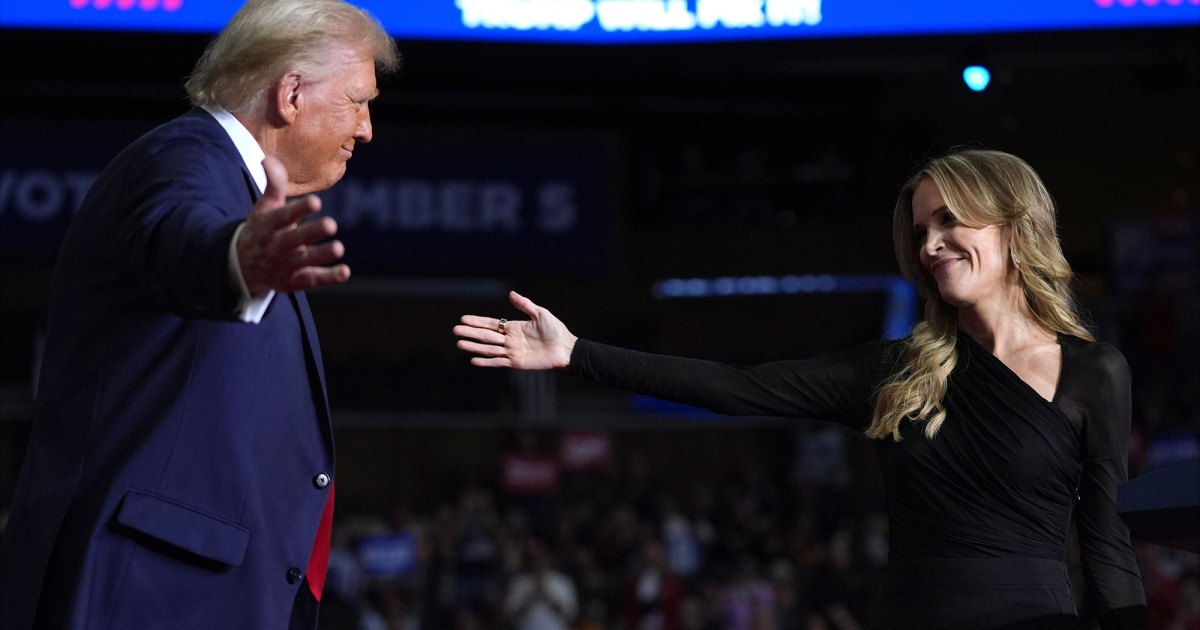Unpacking Distrust: How Political Polarization Shapes Media Perception
In recent years, the political landscape has become increasingly polarized, leading to a significant erosion of trust in media outlets. This distrust is particularly pronounced among right-wing audiences, who often view mainstream media as biased and untrustworthy. As political divides deepen, understanding how political polarization shapes media perception is crucial for anyone seeking to navigate the complex terrain of modern journalism.
The Rise of Political Polarization
Political polarization refers to the growing ideological gap between political parties and their supporters. In the United States, this phenomenon has been exacerbated by various factors, including:
- Social Media Influence: The rise of social media platforms has created echo chambers where individuals are exposed primarily to information that reinforces their existing beliefs.
- Partisan Media: The proliferation of news outlets catering to specific political ideologies has further entrenched partisan perspectives.
- Political Rhetoric: Political leaders often employ divisive language that pits groups against each other, fostering an environment of distrust.
As a result, individuals increasingly identify with their political affiliations, leading to a mindset where opposing viewpoints are seen as threats rather than opportunities for dialogue.
Impact on Media Perception
As political polarization intensifies, the perception of media outlets becomes more contentious. Right-wing narratives, in particular, play a pivotal role in shaping how news is consumed and trusted. Here are some key observations:
- Framing of News Stories: Right-wing narratives often frame news in a way that aligns with their worldview, emphasizing perceived biases in mainstream media. This selective framing can lead to a skewed understanding of events.
- Distrust in Reporting: Many right-leaning individuals express skepticism toward media reports, believing them to be tainted by liberal bias. This skepticism fuels a cycle of distrust, where individuals seek alternative sources that confirm their biases.
- Conspiracy Theories: The rise of conspiracy theories often finds fertile ground in polarized environments. Misinformation can spread quickly among communities that already distrust traditional media.
The result is a fragmented media landscape where individuals choose news sources based on their political beliefs rather than the credibility of the information presented.
The Role of Right-Wing Narratives
Right-wing narratives have become increasingly influential in shaping public perception of media. These narratives often include:
- Claims of Media Bias: Many right-wing commentators assert that mainstream media outlets have a liberal bias, which they argue skews reporting on political events and issues.
- Emphasis on ‘Fake News’: The term “fake news” has been weaponized to discredit unfavorable reports, further eroding trust in media. This tactic can lead to confusion about what constitutes reliable information.
- Promotion of Alternative Media: Right-wing figures often promote alternative media sources that align with their views, creating a parallel media ecosystem that reinforces their narratives.
These narratives not only shape how individuals perceive news but also influence broader societal attitudes toward journalism itself.
Consequences of Eroding Trust
The erosion of trust in media has far-reaching consequences for democracy and public discourse. Some of the most significant impacts include:
- Decline in Civic Engagement: When individuals distrust media, they may also become disengaged from civic activities, believing that their vote or voice does not matter.
- Polarization of Public Opinion: A lack of trust leads to a polarized public, where individuals are less likely to engage with differing viewpoints and more likely to retreat into ideological silos.
- Challenges for Journalists: Journalists face increasing scrutiny and hostility, making it more difficult to report the news accurately and objectively.
The consequences of this growing distrust are not just limited to individuals; they extend to institutions and the very fabric of democratic society.
Strategies for Rebuilding Trust
Despite the challenges, there are strategies that can help rebuild trust in media and foster a healthier public discourse:
- Media Literacy Education: Educating the public about media literacy can empower individuals to critically evaluate news sources and understand bias.
- Transparency in Reporting: Media outlets can enhance their credibility by being transparent about their sources, methodologies, and potential biases.
- Encouraging Dialogue: Fostering environments for civil discourse and encouraging conversations across political divides can help bridge gaps in understanding.
These strategies require a collective effort from media organizations, educators, and the public to create a more informed citizenry.
Conclusion
As political polarization continues to shape media perception, understanding the dynamics at play is essential. The role of right-wing narratives in fostering skepticism and misinformation cannot be overlooked. However, by implementing strategies to rebuild trust and promote media literacy, there is hope for a more informed and engaged public. In an age where information is abundant, the ability to discern fact from fiction is vital for the health of democracy and society as a whole.
Ultimately, confronting distrust in media requires a commitment to dialogue, education, and transparency. Only then can we hope to navigate the complexities of our modern political landscape and foster a media environment that serves the public good.
See more BBC Express News

